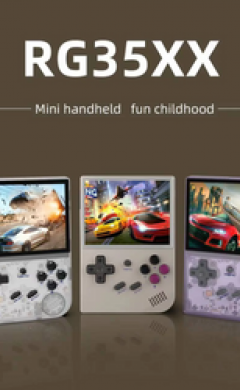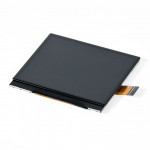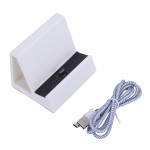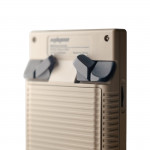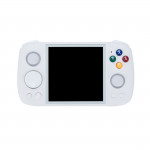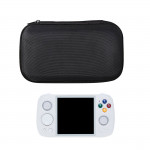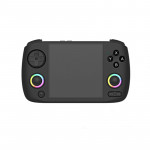ArkOS R3XS: A Firmware for the Frugal
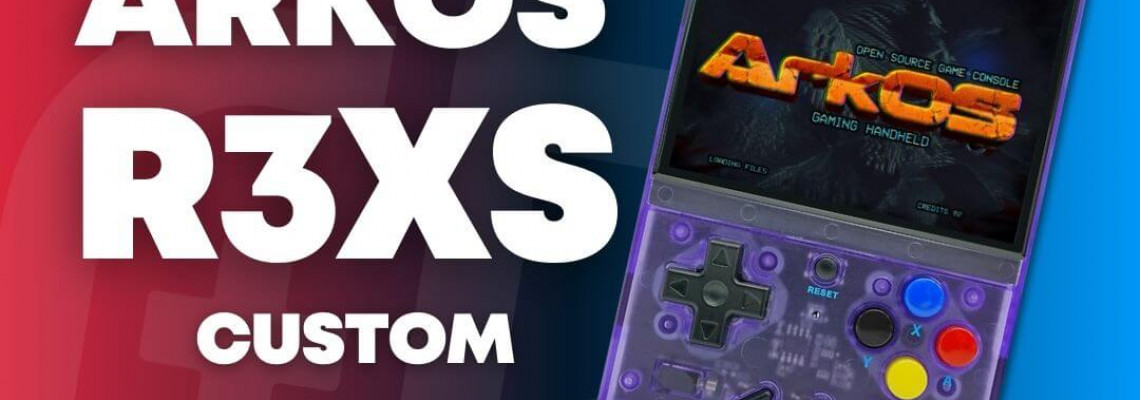
c
Budget emulation handhelds used to be terrible, to put it simply. E-waste dominated the market only a few years ago, and more powerful gadgets came at a significant cost. Sometimes, it's good to take a moment to appreciate how far we've gone, even while the tech internals are still working hard.
Fun and intriguing gadgets that can offer nearly endless hours of amusement at a very affordable price range are being produced by low-budget manufacturers like Powkiddy and the new clone monarchs of Game Console (Console for the Purists). Are they superior to others? They have personality, but not by a long shot. They are the portable equivalent of Shaq's shoes. It is accessible so that everyone can pursue their aspirations. Join us as we examine the latest firmware designed just for those who are frugal.
A New Firmware
The firmware enabling the island of misfit toys to call their own genuinely is called ArkOS-R3XS. In addition to supporting the R33S, R35S, R36s (you can get one for $39 right now by visiting our offers page), and even the Powkiddy RGB30, this fork is built to maximize performance on the RK3326. The developer, GitHub, has download and installation instructions for your device. Please provide the information if you're interested in employing a two-SD card system because there are a few additional steps to consider during the process. Although previous editions were compatible with certain devices, this release is specifically designed for them.
There won't be much of an immediate difference if you've already used ArkOS on these or other handhelds. It all comes down to optimization, and after experimenting with the firmware on the R33s and R36S for a while, this is how I like using these devices. Additionally, it would be impossible to overlook the promise of personalized GIF intro splash displays. When downloading, remember that the R33S has a different image from the other devices and cannot be used interchangeably, such as the R36S and R33s.
The user needs to put the card back into the device after the first flashing procedure, then wait for it to finish before adding their ROMs or borrowing ones from the library that came with the device. For most games I wish to play on these devices at any given moment, a 64 GB card is plenty, leaving plenty of room for ports and other accessories. If you believe you require entire libraries everywhere, the systems will handle larger cards. The firmware is linked to the well-known and beloved Emulation Station experience.
While these aren't the greatest gadgets available, they can offer countless hours of fun at a reasonable entry fee. I am attracted to the extremes. Their peculiarities and flaws appeal to me. Even though they're not flawless, they make an effort and should be given their firmware! Even though these devices aren't the top carnivores on the handheld food chain, it's encouraging to see development for these gadgets that will likely have a broad user base. See how wonderful your own misfit toys maybe by trying the firmware on them!
